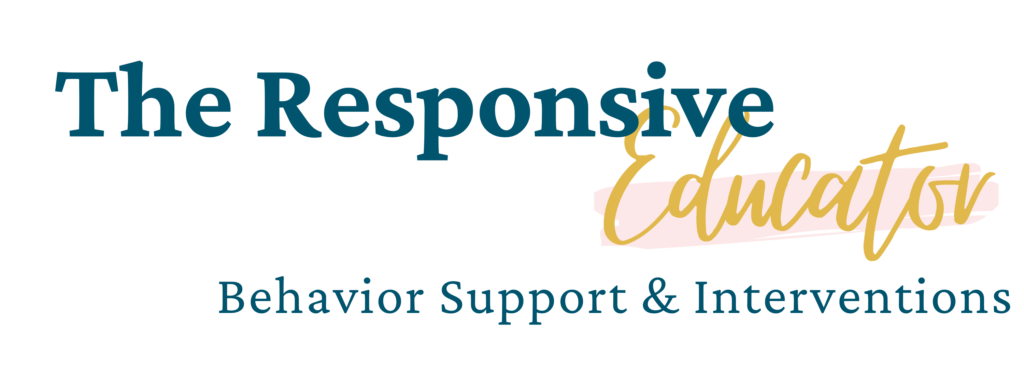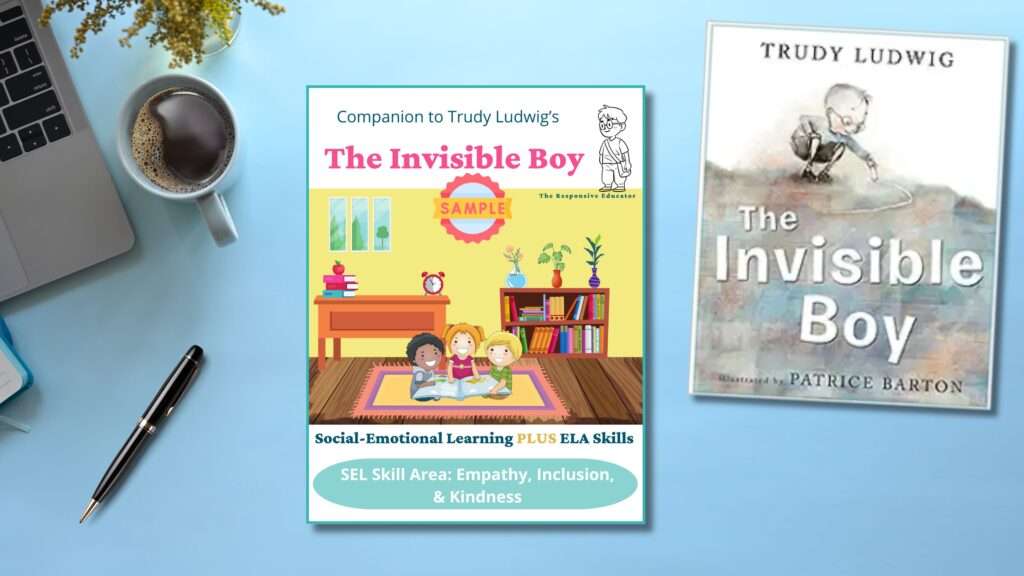Reviewers repeatedly describe this book as empowering, practical, and deeply impactful. Many parents have seen immediate changes in how their children assert their boundaries or respond to peer interactions, with some even crediting the book for helping their children speak up in difficult situations. Teachers appreciate the embedded discussion questions and the inclusion of diverse family structures and identities. The length and content may require reading in short sections for younger kids, but most adults see this as a strength, encouraging multiple conversations rather than a one-time read. A few readers note that it’s best used as an interactive teaching tool rather than an independent read, particularly for very young or neurodiverse children. Overall, it’s widely considered a must-have resource for anyone teaching children about body autonomy and mutual respect.










